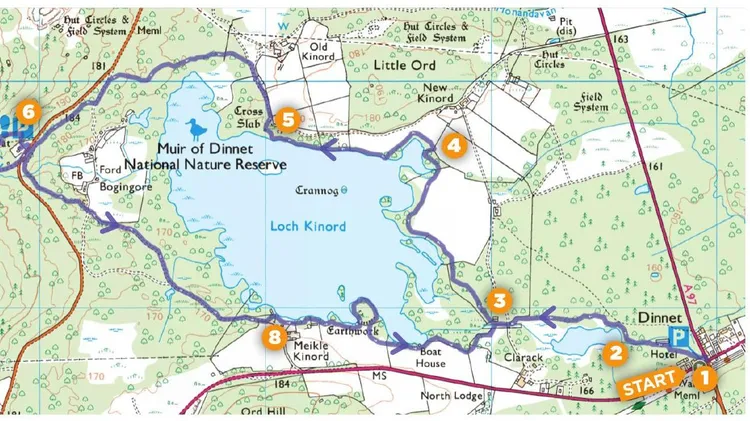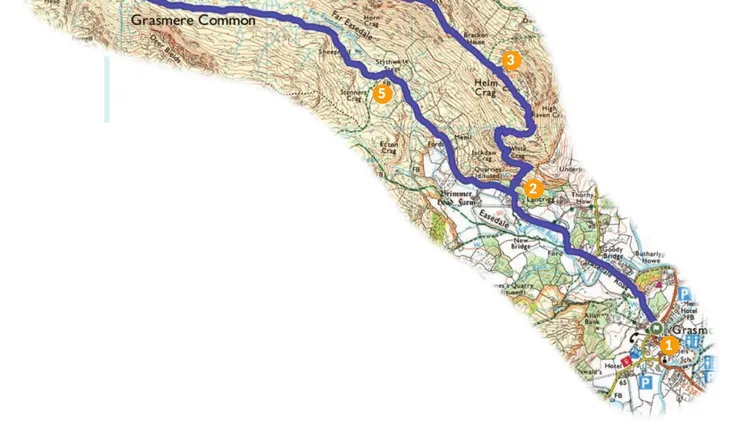In our occasional series, Stuart Fisher explores some of the less well
The broad majestic nith
6 min read
This article is from...
Read this article and 8000+ more magazines and newspapers on Readly






